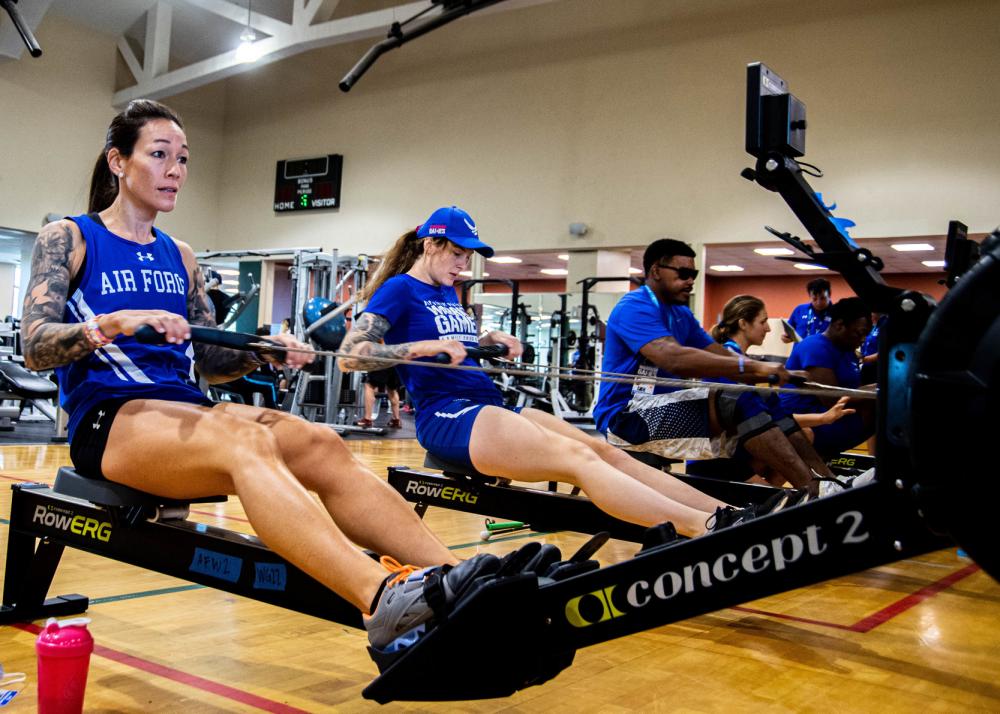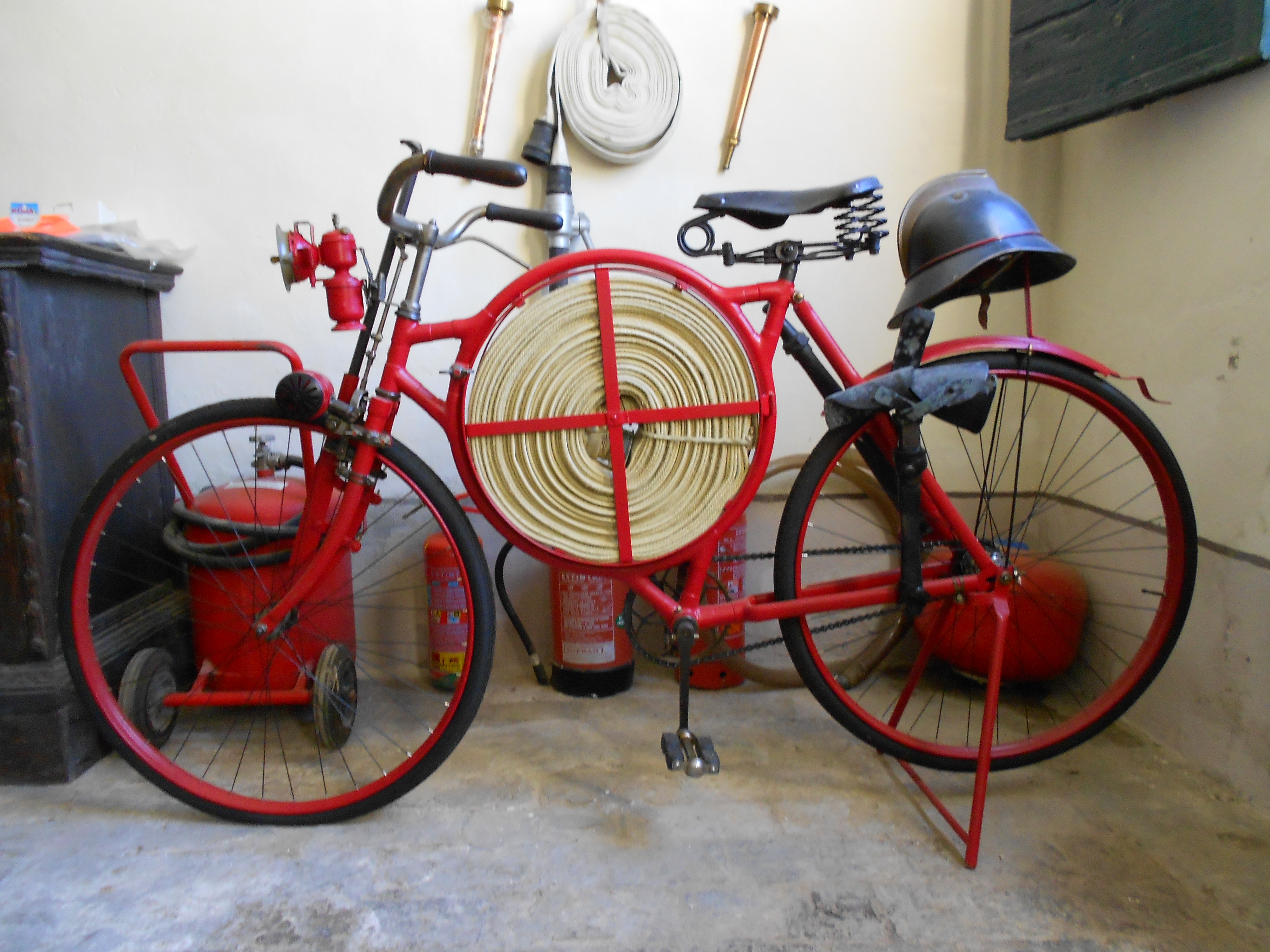|
Ergometer
Ergometer may refer to: *Exercise machine, equipped with an apparatus for measuring the work performed by exercising * Indoor rower, called an ergometer by rowers * An instrument for measuring the amount of work done by human muscles ''Ergometer'' comes from the Greek words ''ergon'' (ἔργον), meaning ''work'', and ''metron'' (μέτρον), meaning ''measure''. "Ergometer", therefore, literally means "work measurer". A bike, fitted with mechanical work measurement devices is also an ergometer. See also *Erg The erg is a unit of energy equal to 10−7joules (100 nJ). It originated in the Centimetre–gram–second system of units (CGS). It has the symbol ''erg''. The erg is not an SI unit. Its name is derived from (), a Greek word meaning 'work' o ..., the unit of energy and mechanical work in the centimetre-gram-second system * Dynamometer, a machine used to measure force or mechanical power {{disambig ... [...More Info...] [...Related Items...] OR: [Wikipedia] [Google] [Baidu] |
Indoor Rower
An indoor rower, or rowing machine, is a machine used to simulate the action of watercraft rowing for the purpose of exercise or training for rowing. Modern indoor rowers are often known as ergometers (colloquially erg or ergo) because they measure work performed by the rower (which can be measured in ergs). Indoor rowing has become established as a sport, drawing a competitive environment from around the world. The term "indoor rower" also refers to a participant in this sport. History Chabrias, an Athenian admiral of the 4th century BC, introduced the first rowing machines as supplemental military training devices. "To train inexperienced oarsmen, Chabrias built wooden rowing frames onshore where beginners could learn technique and timing before they went onboard ship." Early rowing machines are known to have existed from the mid-1800s, a US patent being issued to W.B. Curtis in 1872 for a particular hydraulic-based damper design. Machines using linear pneumatic resis ... [...More Info...] [...Related Items...] OR: [Wikipedia] [Google] [Baidu] |
Exercise Machine
An exercise machine is any machine used for physical exercise. These range from simple spring-like devices to computerized electromechanical devices to recirculating-stream swimming pools. Most exercise machines incorporate an ergometer. An ergometer is an apparatus for measuring the work a person exerts while exercising as used in training or cardiac stress tests or other medical tests. Resistance machines Weight machines Weight machines use gravity as the primary source of resistance, and a combination of simple machines to convey that resistance, to the person using the machine. Each of the simple machines (pulley, lever, wheel, incline) changes the mechanical advantage of the overall machine relative to the weight. Other kinds of resistance machines * Friction machines * Spring-loaded machines (such as Bowflex) * Fan-loaded machines * Fluid-loaded machines * Bullworker * Hydraulic equipment * Whole body vibration * Outdoor gym * Pneumatic exercise equipment * Treadm ... [...More Info...] [...Related Items...] OR: [Wikipedia] [Google] [Baidu] |
Greek Language
Greek ( el, label= Modern Greek, Ελληνικά, Elliniká, ; grc, Ἑλληνική, Hellēnikḗ) is an independent branch of the Indo-European family of languages, native to Greece, Cyprus, southern Italy (Calabria and Salento), southern Albania, and other regions of the Balkans, the Black Sea coast, Asia Minor, and the Eastern Mediterranean. It has the longest documented history of any Indo-European language, spanning at least 3,400 years of written records. Its writing system is the Greek alphabet, which has been used for approximately 2,800 years; previously, Greek was recorded in writing systems such as Linear B and the Cypriot syllabary. The alphabet arose from the Phoenician script and was in turn the basis of the Latin, Cyrillic, Armenian, Coptic, Gothic, and many other writing systems. The Greek language holds a very important place in the history of the Western world. Beginning with the epics of Homer, ancient Greek literature includes many works of l ... [...More Info...] [...Related Items...] OR: [Wikipedia] [Google] [Baidu] |
Bicycle
A bicycle, also called a pedal cycle, bike or cycle, is a human-powered transport, human-powered or motorized bicycle, motor-powered assisted, bicycle pedal, pedal-driven, single-track vehicle, having two bicycle wheel, wheels attached to a bicycle frame, frame, one behind the other. A is called a cyclist, or bicyclist. Bicycles were introduced in the 19th century in Europe. By the early 21st century, more than 1 billion were in existence. These numbers far exceed the number of cars, both in total and ranked by the number of individual models produced. They are the principal means of transportation in many regions. They also provide a popular form of recreation, and have been adapted for use as children's toys, Physical fitness, general fitness, military and police applications, courier services, bicycle racing, and bicycle stunts. The basic shape and configuration of a typical Safety bicycle, upright or "safety bicycle", has changed little since the first Chain drive, ... [...More Info...] [...Related Items...] OR: [Wikipedia] [Google] [Baidu] |
Mechanical Work
In physics, work is the energy transferred to or from an object via the application of force along a displacement. In its simplest form, for a constant force aligned with the direction of motion, the work equals the product of the force strength and the distance traveled. A force is said to do ''positive work'' if when applied it has a component in the direction of the displacement of the point of application. A force does ''negative work'' if it has a component opposite to the direction of the displacement at the point of application of the force. For example, when a ball is held above the ground and then dropped, the work done by the gravitational force on the ball as it falls is positive, and is equal to the weight of the ball (a force) multiplied by the distance to the ground (a displacement). If the ball is thrown upwards, the work done by its weight is negative, and is equal to the weight multiplied by the displacement in the upwards direction. When the force is const ... [...More Info...] [...Related Items...] OR: [Wikipedia] [Google] [Baidu] |



